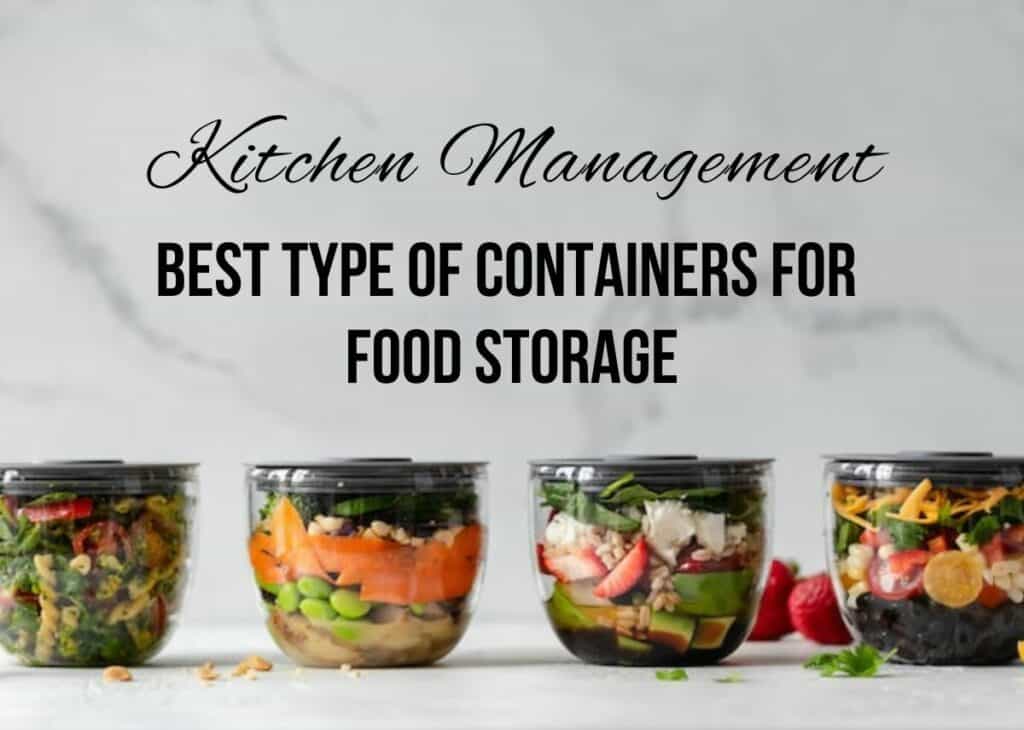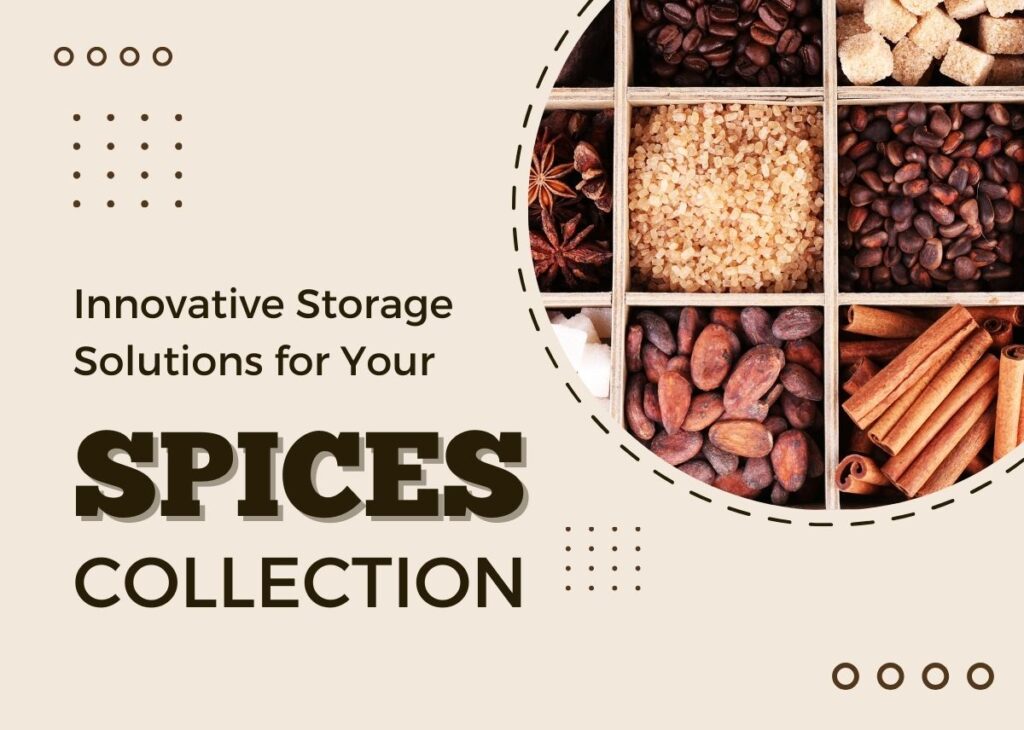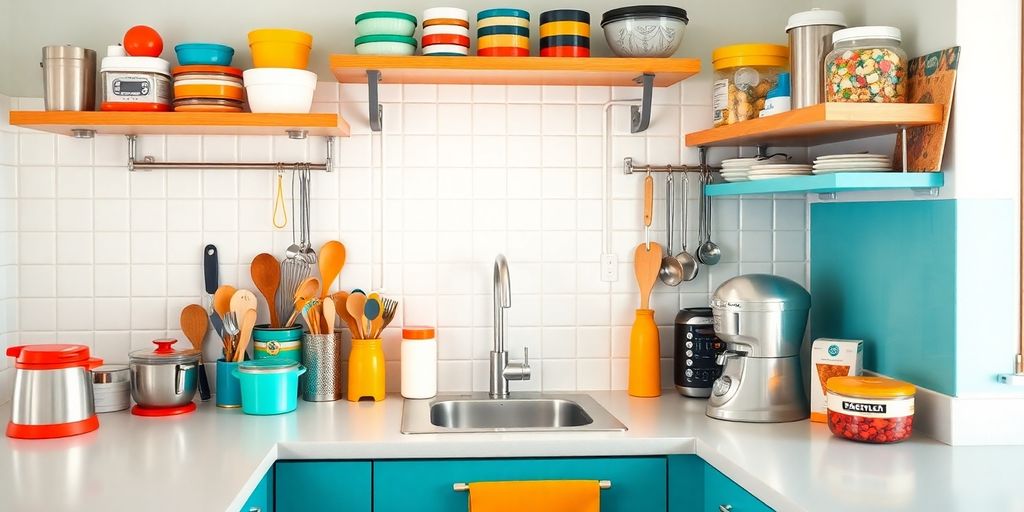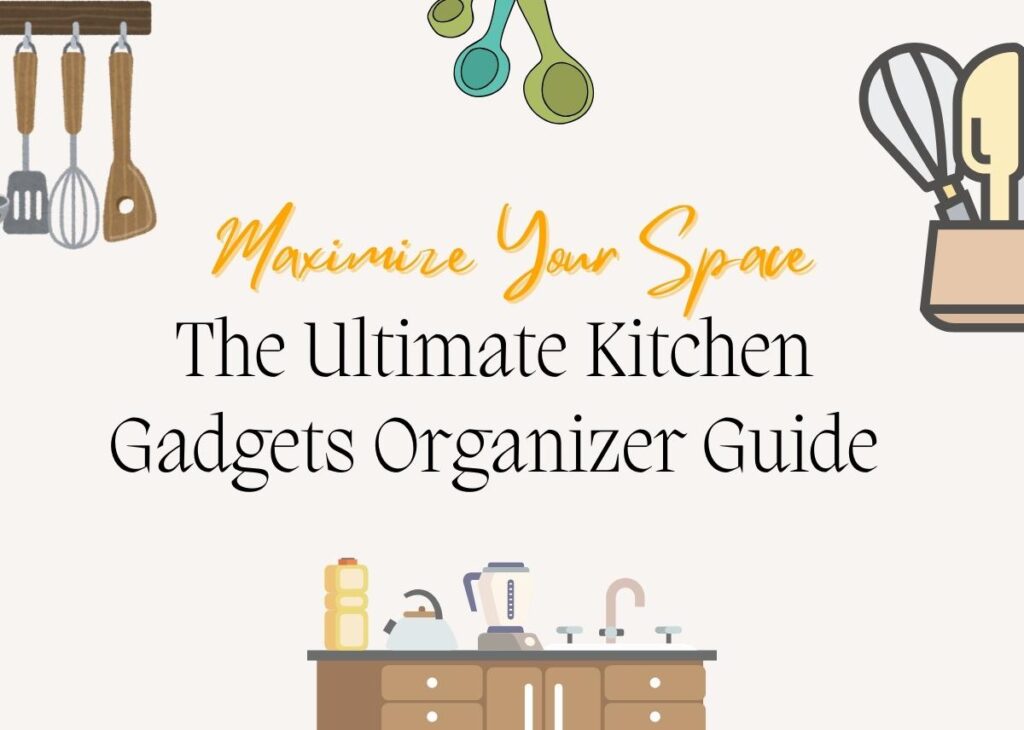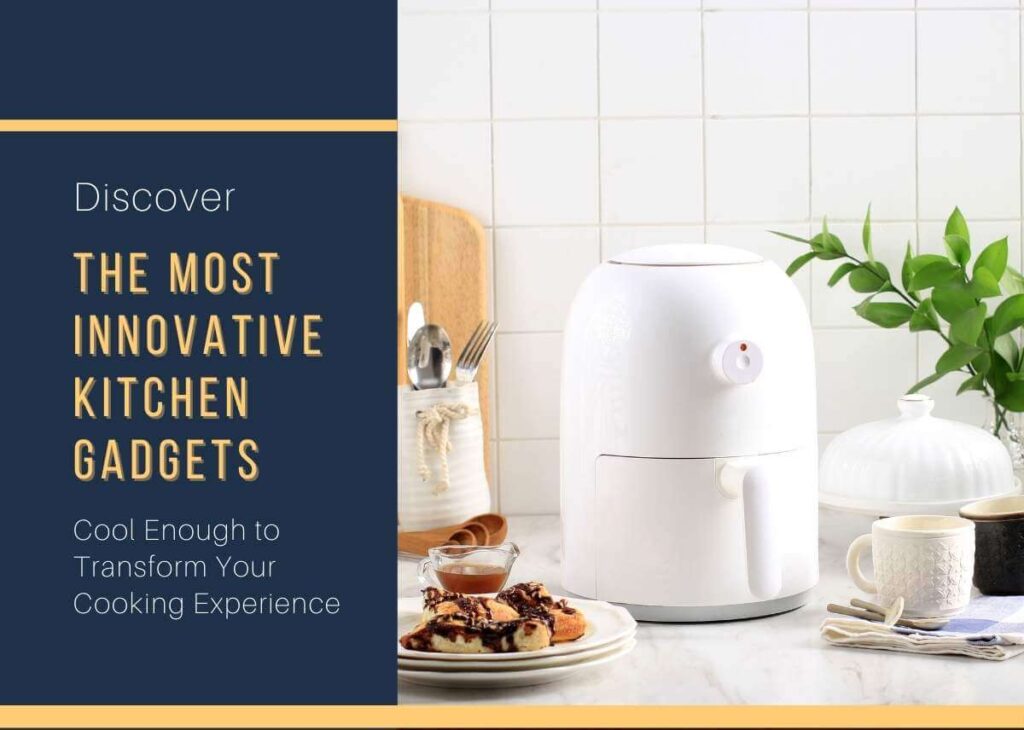How to Choose Lids for Canning
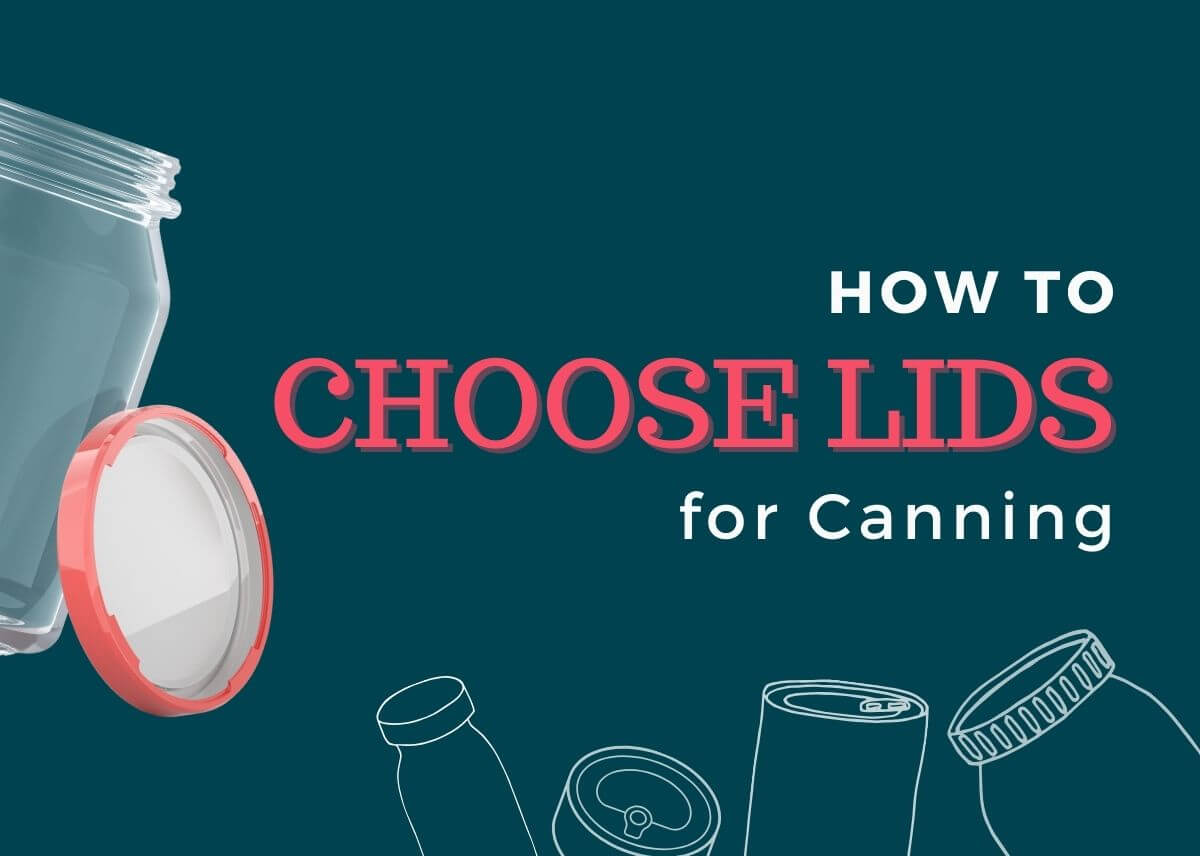
Canning is a time-honored method of preserving food, allowing you to enjoy fresh flavors year-round. However, the success of your canned goods depends heavily on the quality of the lids you use. A secure, airtight seal is essential to prevent spoilage and ensure food safety. In this guide, we’ll explore what to look for when choosing canning lids and the different types available.
Table of Contents
Choosing the right lids for canning is essential for preserving food safely and effectively. High-quality lids ensure a secure seal, preventing spoilage and extending shelf life. In this guide, we’ll discuss what to look for when selecting canning lids and the different types available.
What to Look for When Choosing Lids for Canning
When selecting canning lids https://forjars.co/, consider the following factors to ensure a secure seal and long-lasting preservation:
1. Size and Compatibility
Canning lids come in two standard sizes:
- Regular Mouth (70mm) – Suitable for smaller jars, ideal for liquids, jams, and sauces.
- Wide Mouth (86mm) – Better for larger contents, such as pickles, whole fruits, or vegetables.
Always check the jar size before purchasing lids to ensure they fit properly.
2. Material
Canning lids are usually made from:
- Tin-coated steel – Traditional metal lids with a rubberized sealing compound.
- Stainless steel – More durable and resistant to rust.
- Plastic – Used for non-sealed storage but not ideal for long-term preservation.
3. Single-Use vs. Reusable Lids
- Single-use metal lids are the most common and ensure a strong vacuum seal.
- Reusable lids (such as Tattler lids) come with separate rubber gaskets and require careful handling for multiple uses.
4. Sealing Quality
A good canning lid should have a reliable rubber seal to create an airtight closure. Poor-quality lids may fail, leading to spoiled food. Always inspect the sealing compound before use.
5. BPA-Free and Food Safety
Ensure the lids are BPA-free and made from food-grade materials to avoid chemical contamination.
6. Brand Reputation
The lids that have stood the test of time in the market are Ball, Kerr, and Tattler. While these are reliable options, FORJARS offers unmatched durability. The superior thickness and quality of its materials ensure a long-lasting seal, significantly reducing the risk of seal failures. This makes FORJARS a trusted brand in countless households.
Also Read: Ultimate Guide to Choosing the Best Meal Prep Thermos for Hot and Fresh Meals
What Canning Lids Are Available
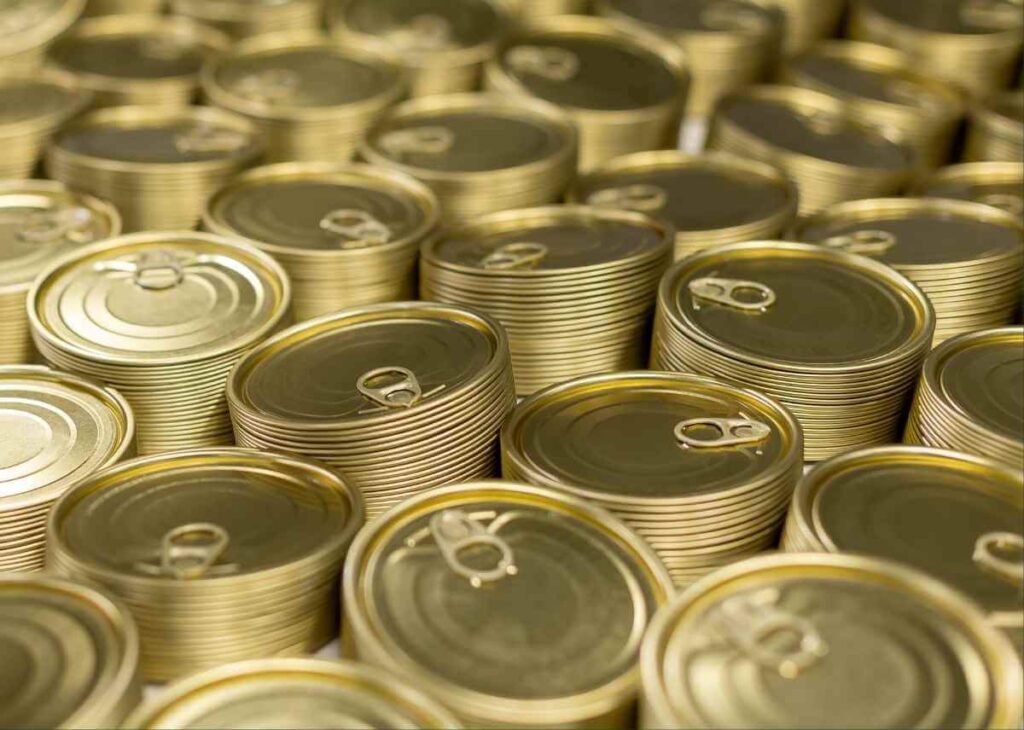
There are different types of canning lids, each suited for specific needs:
1. Metal Two-Piece Lids
- Consist of a flat metal disc with a sealing compound and a screw band.
- Ideal for water bath and pressure canning.
- Designed for one-time use.
2. Reusable Lids (Plastic or Glass)
- Feature a rubber gasket and a plastic or glass lid.
- Environmentally friendly but require extra care during sealing.
- More expensive than single-use lids.
3. Self-Sealing Vacuum Lids
- Used with vacuum sealers to remove air from jars.
- Great for dry food storage but not suitable for heat processing.
4. Flip-Top and Clip-On Lids
- Common in European-style jars (e.g., Weck jars).
- Use rubber gaskets and metal clips for sealing.
- Reusable but require precise sealing techniques.
5. Plastic Storage Lids
- Best for refrigeration or dry storage, not for heat-processing.
- Available in both regular and wide-mouth sizes.
Also Read: Kitchen Management: Best Type Of Containers For Food Storage
Conclusion
Choosing the right canning lids ensures the safety and longevity of your preserved food. Always consider lid size, material, sealing quality, and intended use before purchasing. Whether you prefer traditional metal lids or reusable alternatives, selecting high-quality lids will help you achieve successful canning results every time.
